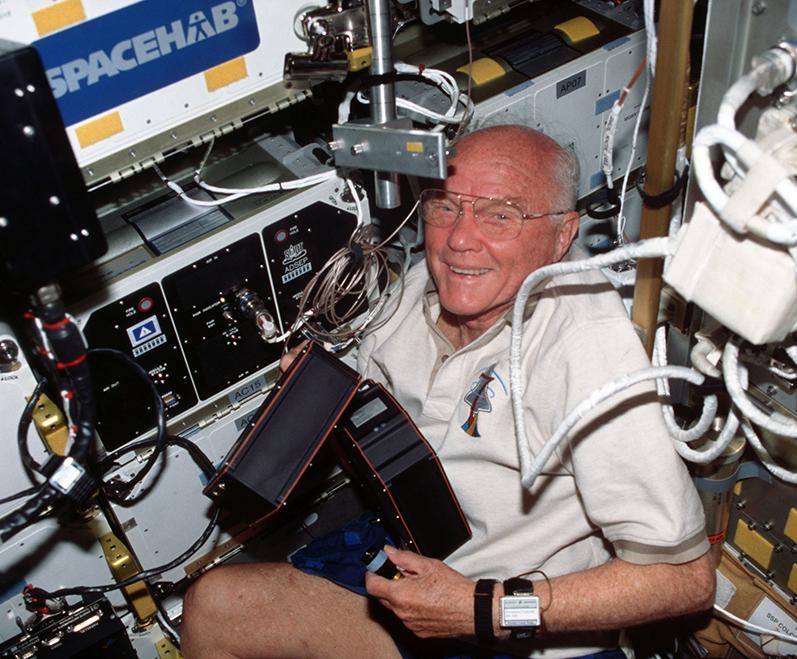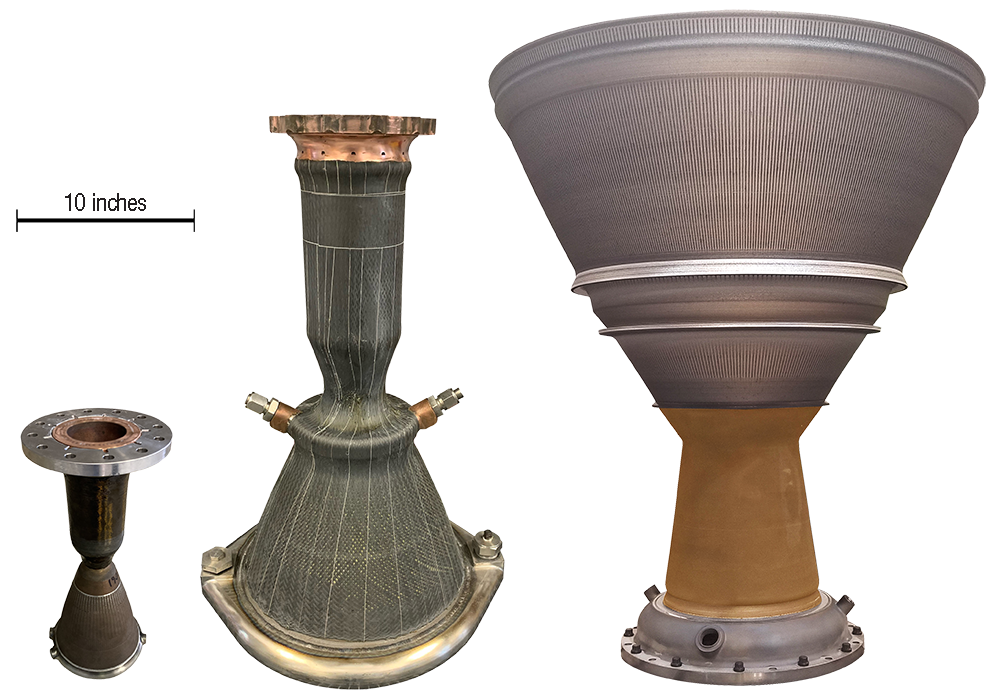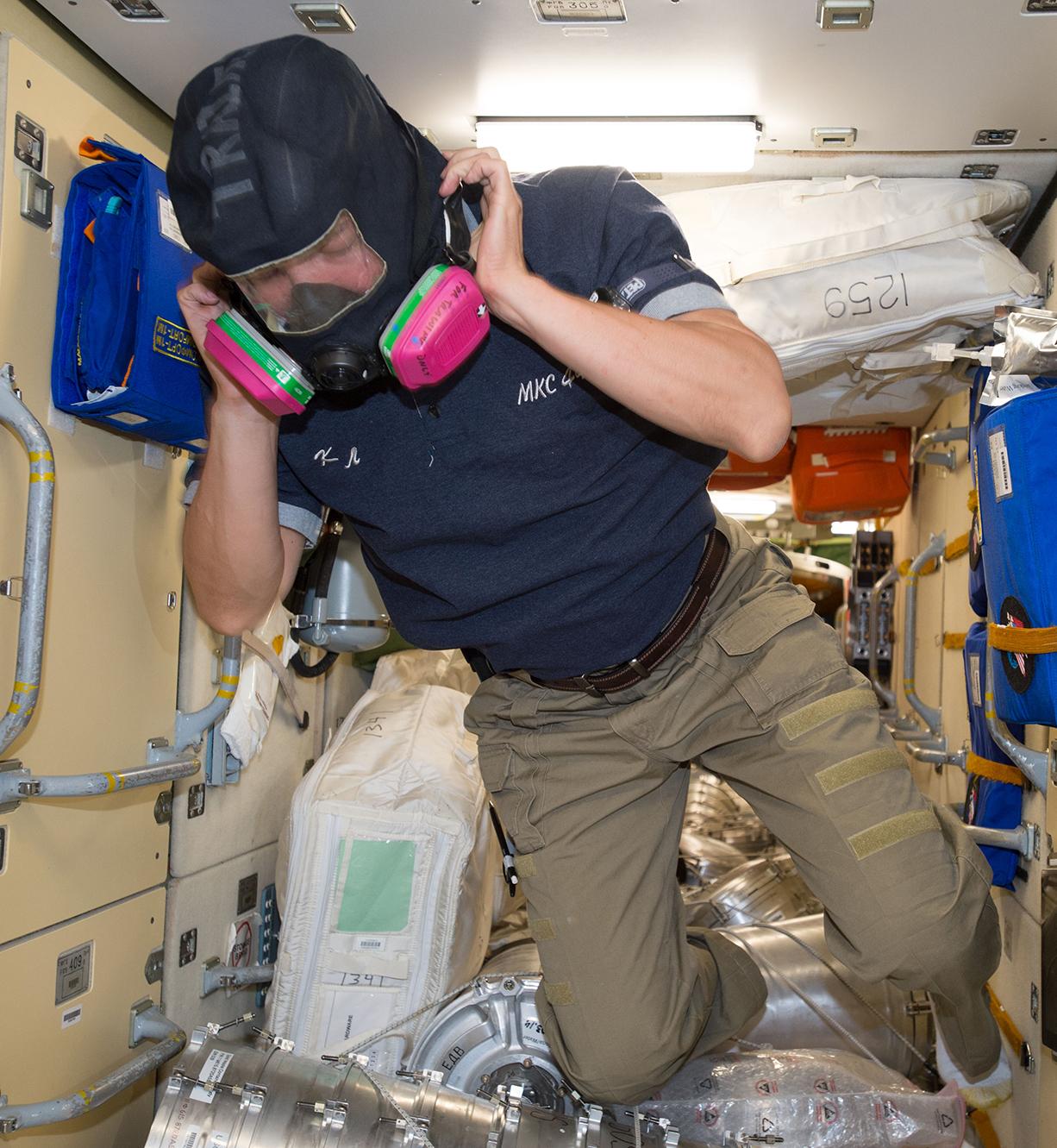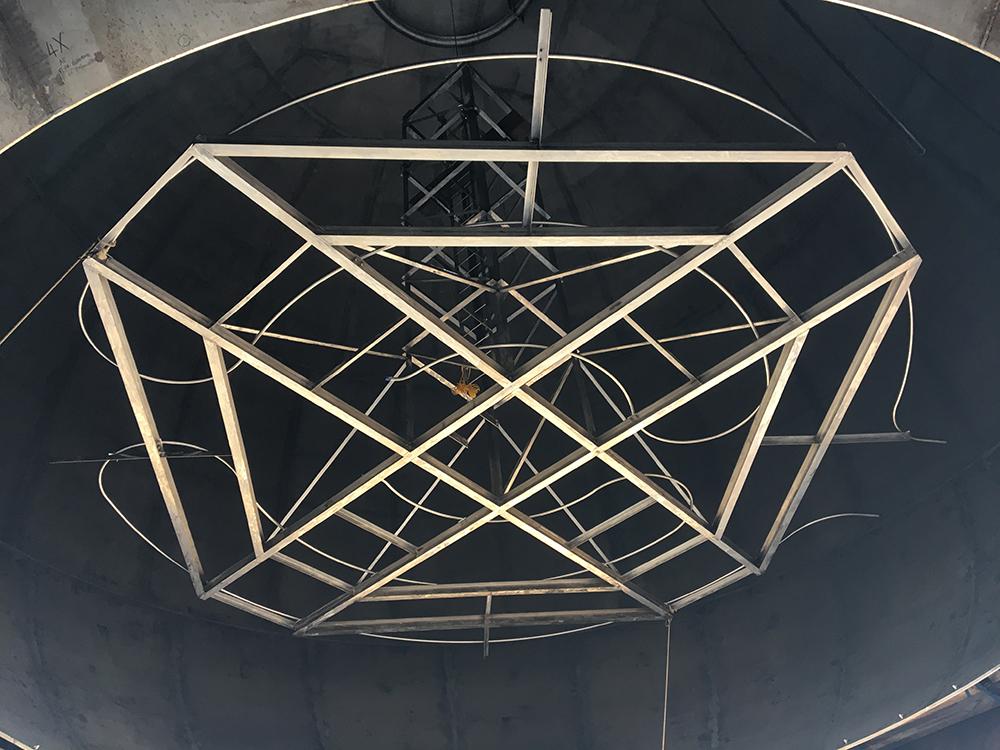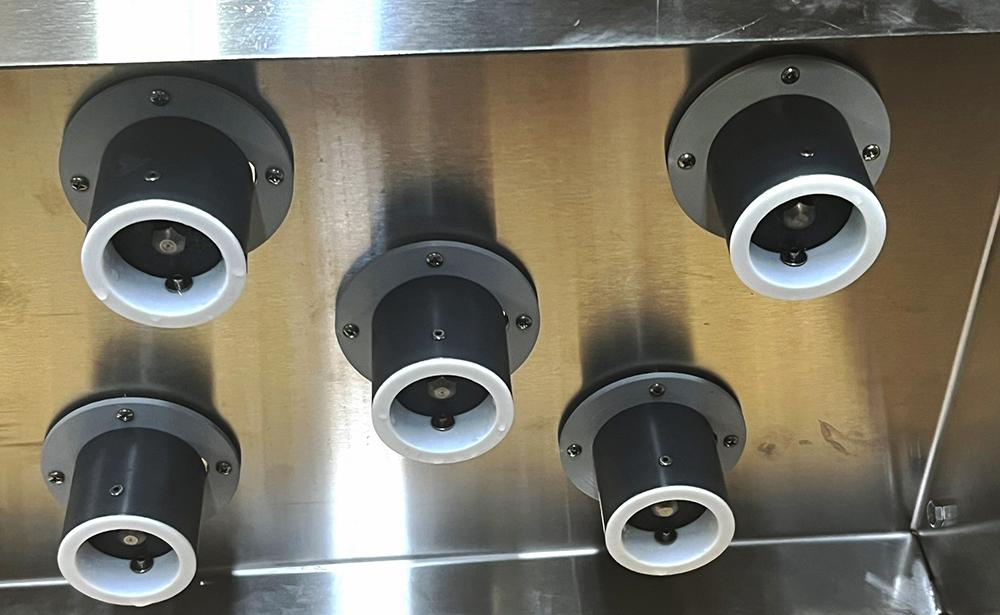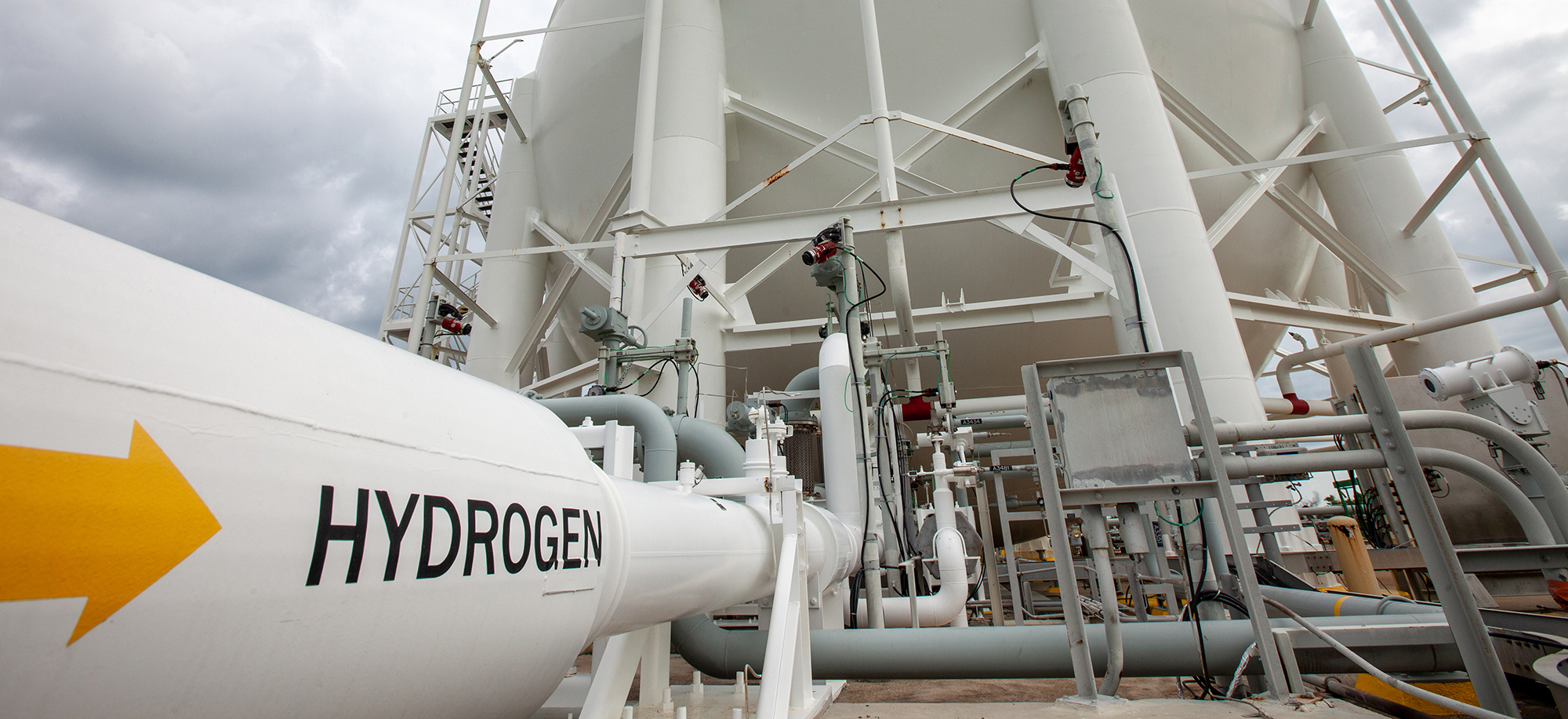
Instant Innovation for Plastic Products
Subheadline
New family of composite plastics offers multiple benefits for countless applications
When NASA researchers set out to make plastics into better insulators by infusing them with lightweight, highly insulative aerogels, they didn’t anticipate that the resulting composite materials also would be less brittle at cryogenic temperatures than the original plastics.
When a company licensed the technology from NASA, its engineers were surprised to discover that these composite materials also were extremely water-repellant. In addition, they’re also sound-damping, fire-resistant, and lightweight. This versatility is one of two reasons the materials are desirable for a staggering range of applications. The other is that they’re easily incorporated into existing manufacturing practices. Anyone making something out of engineered plastics can simply swap out their current plastic for an “aeropolymer” version without altering their production line at all.
“It’s got applicability for really specialized, high-end stuff, but it could also improve very mundane, everyday things that most of us don’t think about,” said Martin Knaust, one of the owners of Aeropolymer Holding Group, doing business as Okhata, of Cheyenne, Wyoming, which licensed the technology. “It’s got such a wide range of applications that we’re starting to see a lot of use cases we might not have even originally considered ourselves.”
In the early 2000s, Martha Williams, then a polymer chemist at NASA’s Kennedy Space Center in Florida, got a NASA fellowship that allowed her to focus on research and invention to advance the agency’s missions while earning a doctorate. Insulation is a constant challenge for the space agency, especially at Kennedy, which handles large amounts of cryogenic fuel for rocket launches. Williams decided to work with other Kennedy chemists and the center’s Cryogenic Test Laboratory to increase the insulative properties of plastics by infusing them with aerogels.
‘The Best of Both Worlds’
Aerogels are the world’s most effective insulators. More than 99 percent air, these highly porous materials weigh almost nothing and have more than 1,000 square feet of surface area in each gram. They’re made by preparing a gel — usually silica — and then removing all the liquid while leaving the gel structure intact. Their major disadvantage is that they’re extremely fragile. For this reason, although aerogel was invented over 90 years ago, it couldn’t be put to much practical use until the 1990s. That was when a Kennedy engineer conceptualized and funded the invention of the first usable aerogels, in the form of blankets with aerogels infused into their fibers (Spinoff 1998, 2001, 2008, 2009, 2010, 2018, 2020, 2021, 2022).
Aerogel is an extreme example, but most of the best insulators are relatively fragile. And the strongest structural materials, such as metals, are heat conductors. Plastics are at the center of this spectrum, sturdy enough to build some structures and neither great conductors of heat nor highly effective insulators. Williams and co-inventors proposed NASA could benefit from changing the latter, and the work was funded.
“You’re trying to get the best of both worlds,” she said. “You need the polymer properties, but you’re trying to use the additive to enhance their thermal and other mechanical and physical performance properties.”
Williams led the development of innovative techniques for blending different ratios of various aerogels and plastics. The team tried different approaches for blending the ingredients. And they experimented with different manufacturing techniques for the resulting composite materials, from injection molding to extruding them into tapes and spinning them into fibers. They tested the resulting composites for many properties, including thermal conductivity as insulators as well as strength and elasticity, especially at cryogenic temperatures, publishing many of their results.
They found that the addition of aerogels increased the plastics’ insulative properties by up to about 50% and that the resulting composites retained more strength and elasticity at cryogenic temperatures than the original plastics — advantageous properties to an agency that not only handles a lot of cryogenic materials but also regularly sends craft into the temperature extremes of space.
Many Problems, One Solution
Okhata, however, is currently focused on much broader markets beyond cryogenic applications. “Through this NASA technology, you could make a whole universe of new products, but what I found to be particularly interesting is that you could take all of these products that are already being produced commercially and make better versions of them,” said Knaust. “The technology steps right into existing processes with existing equipment, and you’re able to make a better iteration of something you’ve already made.”
The biggest challenge, he said, is adapting the process to each customer’s specific materials. “A lot of customers have a very specific material they’re making their product out of, so we have to work back from their unique grade or formulation of resin and dial in the compounding process, said Knaust, though he added that the company has now developed versions of many of the most common thermoplastics, letting it meet customers’ needs faster.
The rewards are often numerous, especially because the incorporation of aerogel introduces several different properties. “There are a lot of products where you try to keep the water out with one material and approach, and then you insulate the same space with a completely different material and approach,” said Knaust, noting that an aeropolymer does both. “So this is combining things that are often considered exterior and interior characteristics into one in a way that has a lot of potential to both save space and money and improve manufacturing efficiencies.”
Or, he noted, plastic body panels in vehicles could benefit from the thermal and acoustic insulation and weight reduction the materials offer.
After licensing the technology in 2020, the company spent the pandemic working through the technical aspects of turning it into products and then made its first sales a couple of years later. Knaust said the early focus was on taking the technology from the laboratory and readying it for mass production, because many of the most promising commercial applications require immense volumes of material. While Okhata has targeted some applications, the materials’ versatility and ease of incorporation into existing manufacturing processes make its possible uses almost boundless. So Knaust said he also looks to potential customers to come up with applications that would improve their products.
Okhata is working with a major lighting manufacturer on fixtures that manage heat and repel water, while Bloem Living, a popular home and garden company, is experimenting with aeropolymers in flowerpots, where their hydrophobicity both keeps water from clinging to the inside of the pot and keeps debris off the outside. Defense companies have shown interest in the materials for keeping grips and handles cool and dry. An international automobile lighting and accessory company is a customer. Okhata is also in talks with a major petrochemical manufacturer and an international capital equipment manufacturer and is looking into medical and construction applications where aeropolymers could provide insulation and other characteristics.
“It’s a simple solution to what previously had been pretty complex problems,” said Knaust. “And once you start playing around with it, you start finding solutions to problems you didn’t know you had or hadn’t prioritized.”
In a way, the technology’s multitude of characteristics and applications reflects its cross-discipline development, which brought together researchers in chemistry and cryogenics. “The opportunity that NASA gives to work across disciplines in solving problems allows these technologies to be developed that maybe in other environments would not be developed,” said Williams.
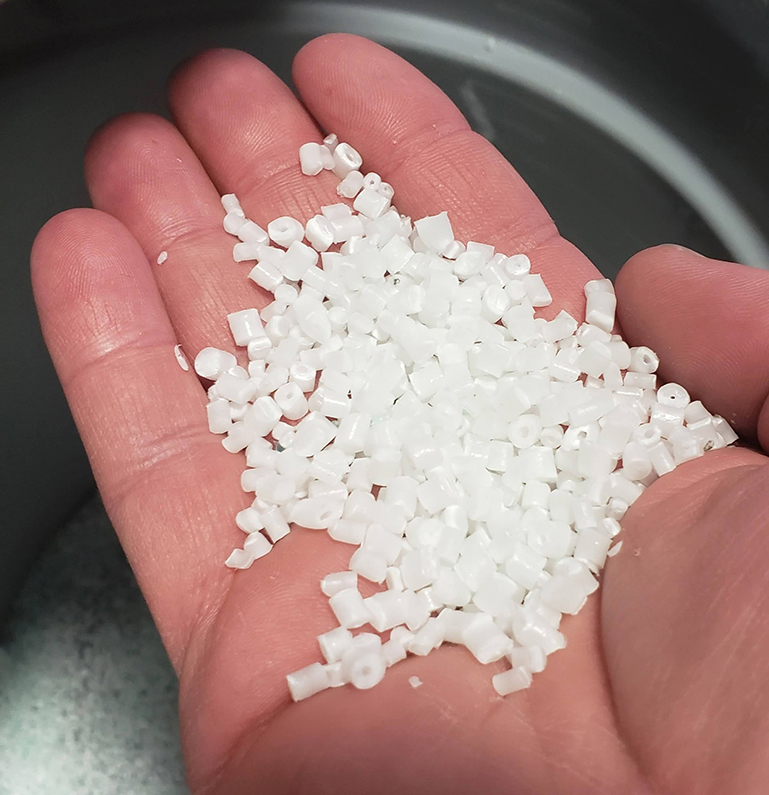
Okhata customers purchase aerogel-infused plastics, or “aeropolymers,” as tiny pellets and then melt them down to manufacture products, usually through injection molding or extrusion. Credit: Aeropolymer Holding Group
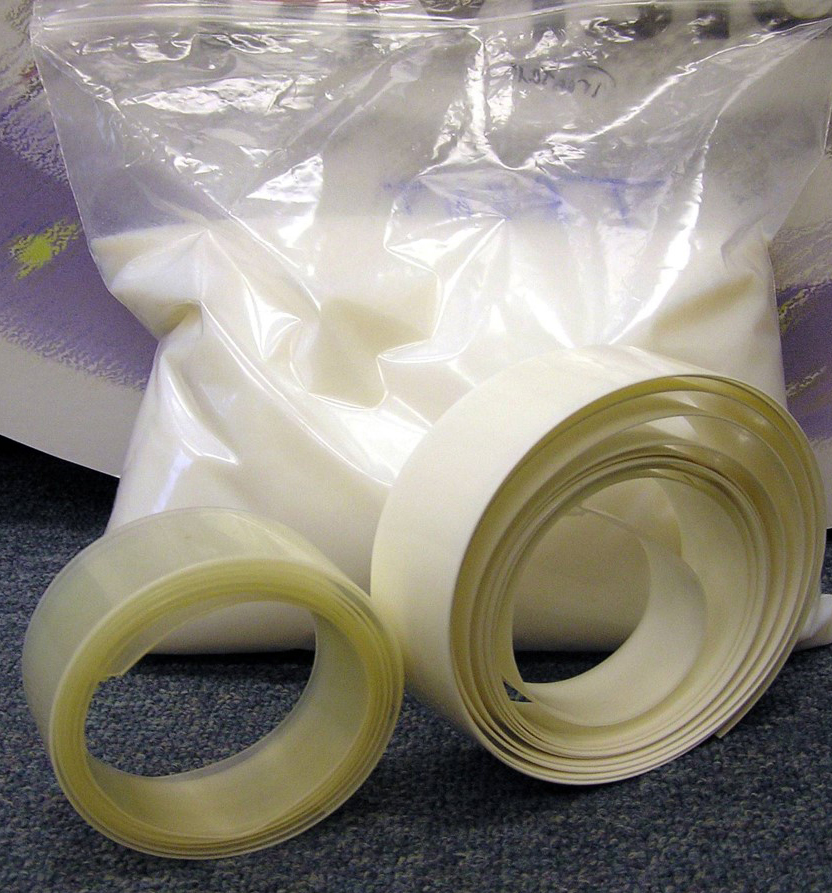
As part of its experimentation, the team at Kennedy melted down some of its aerogel-infused plastics and extruded them into tapes. Credit: NASA
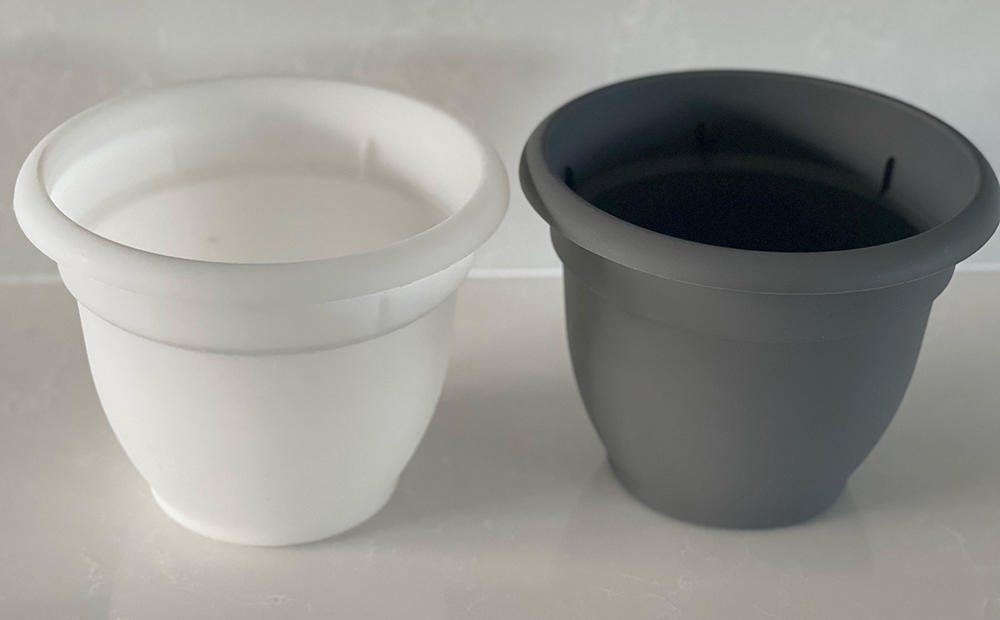
Bloem Living, a popular home and garden company, is experimenting with aeropolymer flowerpots, wherein the water-repellant materials prevent water from clinging to the inside and dirt from clinging to the outside. Credit: Bloem Living LLC
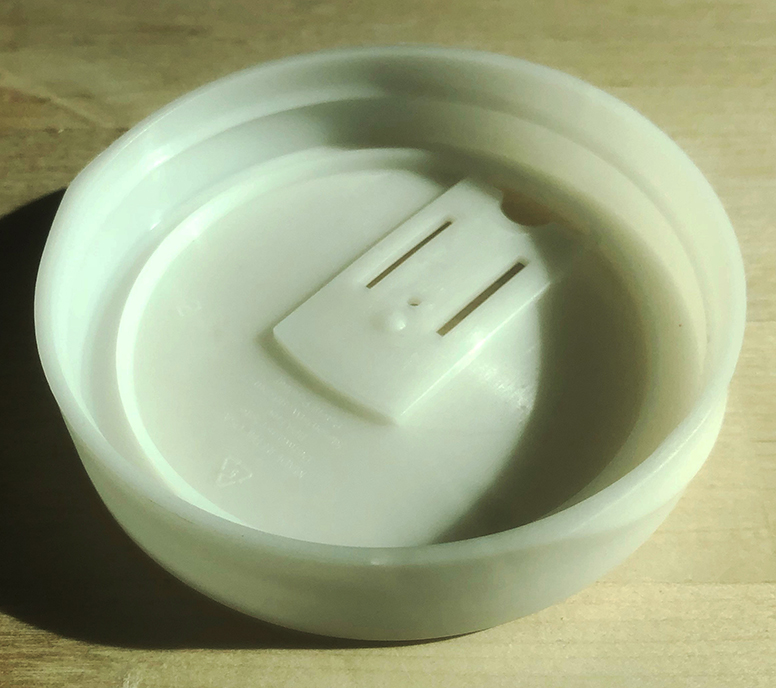
One Okhata customer used an aeropolymer to produce a beverage lid that is insulative and doesn’t let liquid cling to it. Credit: Central Custom Molding LLC
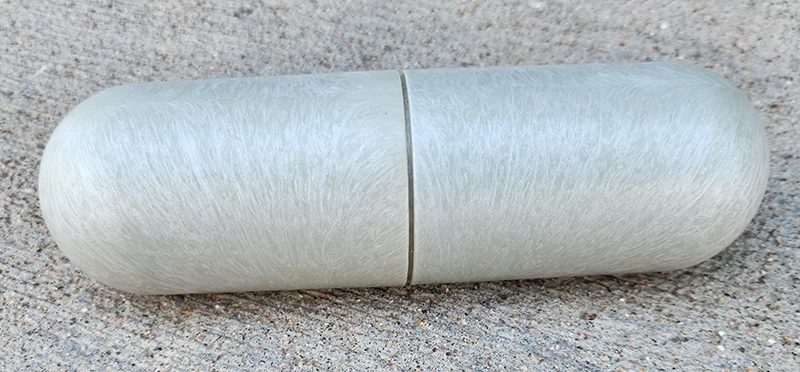
Another Okhata customer made this case from an aeropolymer to test the material’s thermal insulation properties. Credit: Aeropolymer Holding Group

As the world’s preeminent launch complex, Kennedy Space Center handles large quantities of cryogenic materials, including liquid hydrogen for rocket fuel, which must be kept below minus 423°F. So when a polymer chemist at the center received a NASA doctoral fellowship, she decided to focus on improving the insulative properties of plastics. Credit: NASA






